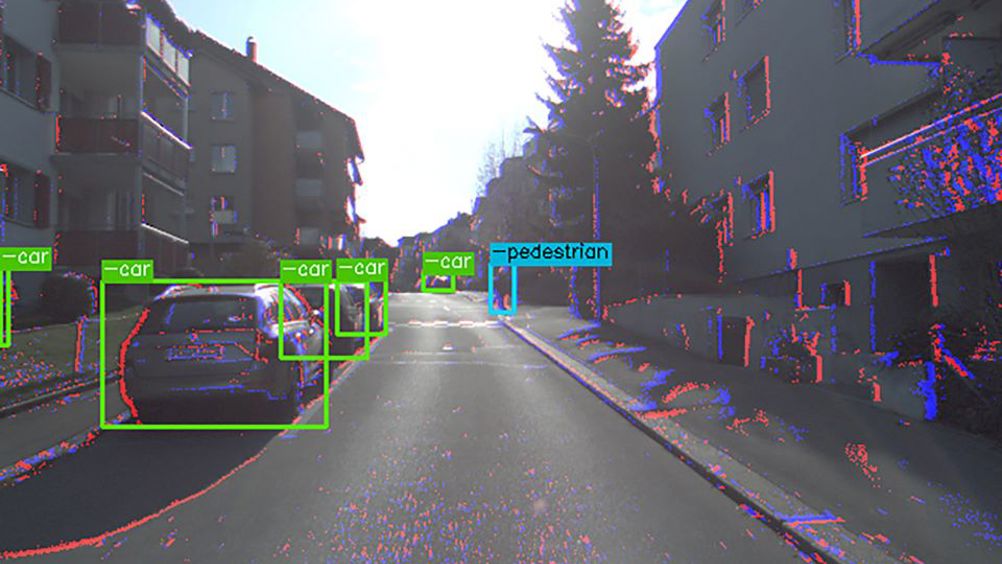Bio-inspired camera and AI combined to improve road safety
A bio-inspired camera combined with AI can detect obstacles around a car more quickly than current systems while using less computational power.

This is the claim of Daniel Gehrig and Davide Scaramuzza from the Department of Informatics at the University of Zurich (UZH) whose work is detailed in Nature.
Most current cameras are frame-based that take snapshots at regular intervals. Those currently used for driver assistance on cars typically capture 30 to 50 frames per second and an artificial neural network can be trained to recognise objects in their images such as pedestrians, bikes, and other cars.
“But if something happens during the 20 or 30 milliseconds between two snapshots, the camera may see it too late. The solution would be increasing the frame rate, but that translates into more data that needs to be processed in real-time and more computational power,” first author Gehrig said in a statement.
Event cameras are a recent innovation that have smart pixels - instead of a constant frame rate - that record information every time they detect fast movements.
Register now to continue reading
Thanks for visiting The Engineer. You’ve now reached your monthly limit of news stories. Register for free to unlock unlimited access to all of our news coverage, as well as premium content including opinion, in-depth features and special reports.
Benefits of registering
-
In-depth insights and coverage of key emerging trends
-
Unrestricted access to special reports throughout the year
-
Daily technology news delivered straight to your inbox










Water Sector Talent Exodus Could Cripple The Sector
Well let´s do a little experiment. My last (10.4.25) half-yearly water/waste water bill from Severn Trent was £98.29. How much does not-for-profit Dŵr...